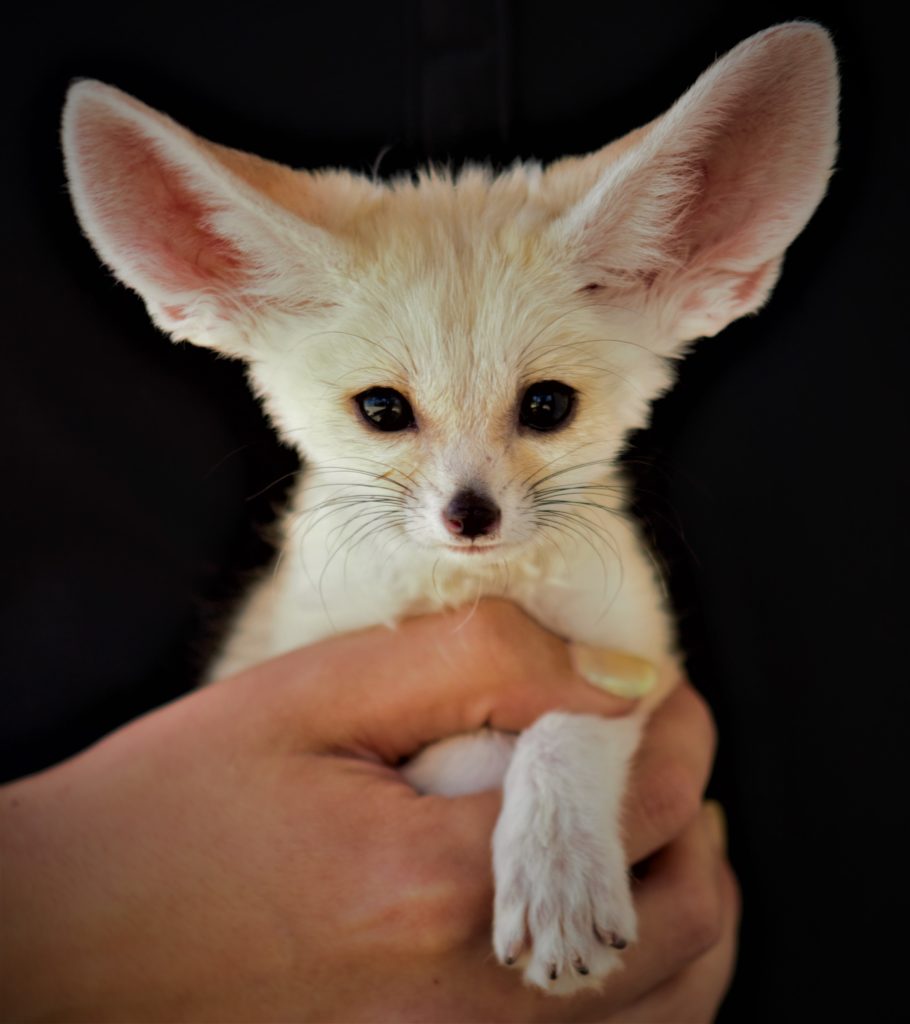
There is a theory that early mammals may have evolved to be nocturnal to avoid major carnivorous predators like sabre-toothed tigers. So the hedgehog will have much less competition for its preferred food at night. And neither are many of our insectivorous birds and amphibians. The UK’s other primary insectivorous mammal and the hedgehog’s closest relation, the shrew, is not nocturnal. This could certainly be true of the hedgehog. It’s believed that some animals evolve to be active at night, so they have less competition for their prey. There are a few reasons why animals have evolved to be nocturnal. So as you can see, the night shift is a pretty busy time if you are a hedgehog. They also build nests and hibernacula at night. These habitats offer good chances of finding food and cover from predators.Īs well as all this eating hedgehogs court and mate at night (a very noisy business that you may have overheard). They prefer to travel through hedgerows, undergrowth and long grass. To gather all this food, they travel over quite a large area – up to a mile each night. the night shift is a pretty busy time if you are a hedgehog. They will eat up to 100 beetles and other invertebrates in one night. Hedgehogs need to eat a lot of food for their size.

What they’re doing at night is mainly eating. Hedgehogs sleep in the day and attend to business at night. But have you ever wondered why they live this way? Are they especially adapted to life in the dark? What other creatures share their nighttime world and what does it mean if you see a hedgehog out in the daytime? Let’s find out. However, steps can be taken to prevent this type of loss, and the benefit they provide to farmers by eating vast numbers of rodents and insects that damage crops by far outweighs these losses.Hedgehogs are nocturnal, they go about their business at night and sleep in the daytime. They are typically shy, secretive and nervous by nature.įoxes will prey on chickens if they are easily accessible. Long regarded as a ‘villain’ in children’s stories, foxes do not exhibit the cunning deceitful traits often attributed to them. Why do some people think poorly of foxes? At about three months of age, the pups begin to disperse to establish their own territories. For up to two months after weaning, both parents hunt for the young. For their first month, the vixen cares for her pups while the male fox will hunt to provide food for the family. Typically, litters of three to seven pups are born from March through May. They are unlikely to attempt to take prey over 3.5 kg and are most actively hunting in the early morning and late evening.įoxes are monogamous, pairing for life and raising young together. They will take advantage of garbage or carrion if available. 5 and 2.5 metres deep.įoxes are omnivores, consuming a large variety of small mammals, birds, eggs, insects as well as fruits, grasses, sedges and tubers. When breeding, they dig a relatively simple burrow between.

Other than during the breeding season, most red foxes take shelter in dense thickets or heavy brush even during the most extreme temperatures.

With a little understanding, patience and a few precautions and common sense steps, we can all enjoy the wonderfully interesting wild animals who share our backyards and cities.

Each year they are forced into closer contact with humans and must compete with us for food, shelter and space. In an effort to coexist with wildlife, consider the enormous hardships these intelligent and fascinating wild species encounter because so much of their habitat has been destroyed.


 0 kommentar(er)
0 kommentar(er)
